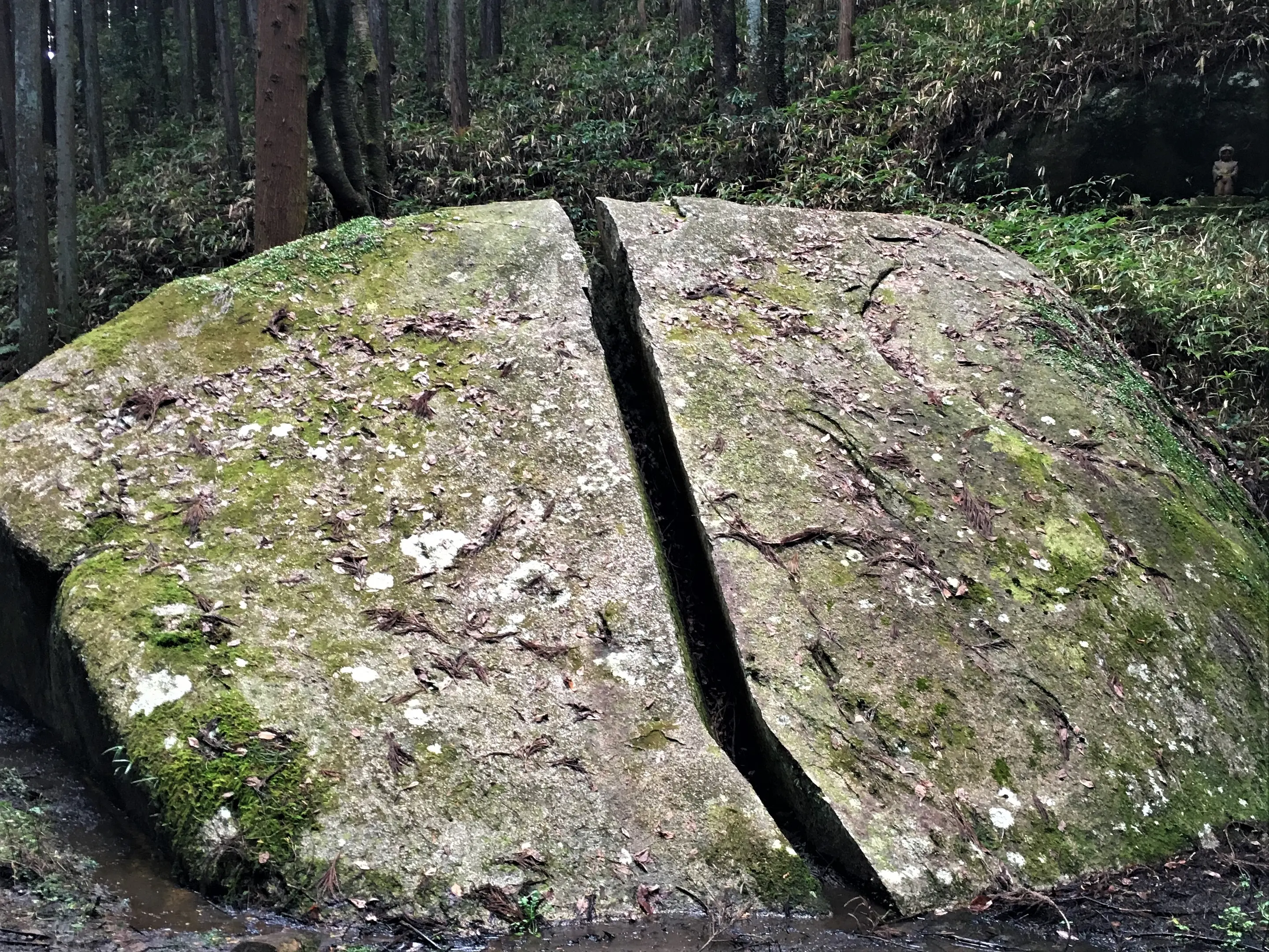Model Course
1-Day course to visit Yagyu, the Village of the Sword Master, with its mountain village scenery.
Highlights include the family temple of the Yagyu family, a residence of a chief retainer, and “Ittoishi,” a huge stone that has been split in two.
| Areas |
yagyu |
|---|
Model Course
Nara City Tourist Information Center
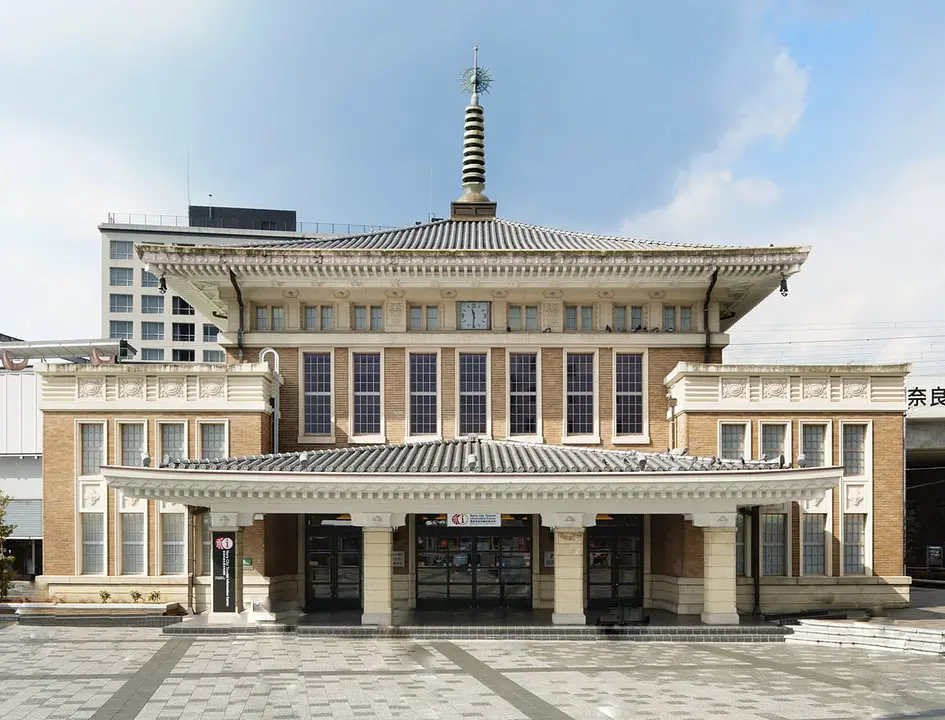
Nara City Tourist Information Center
The former station building of JR Nara Station opened on July 25, 2009 as the Nara City General Tourist Information Center. There is also tourist information in foreign languages and a tourist information search corner connected to the internet.
Hotoku-ji Temple
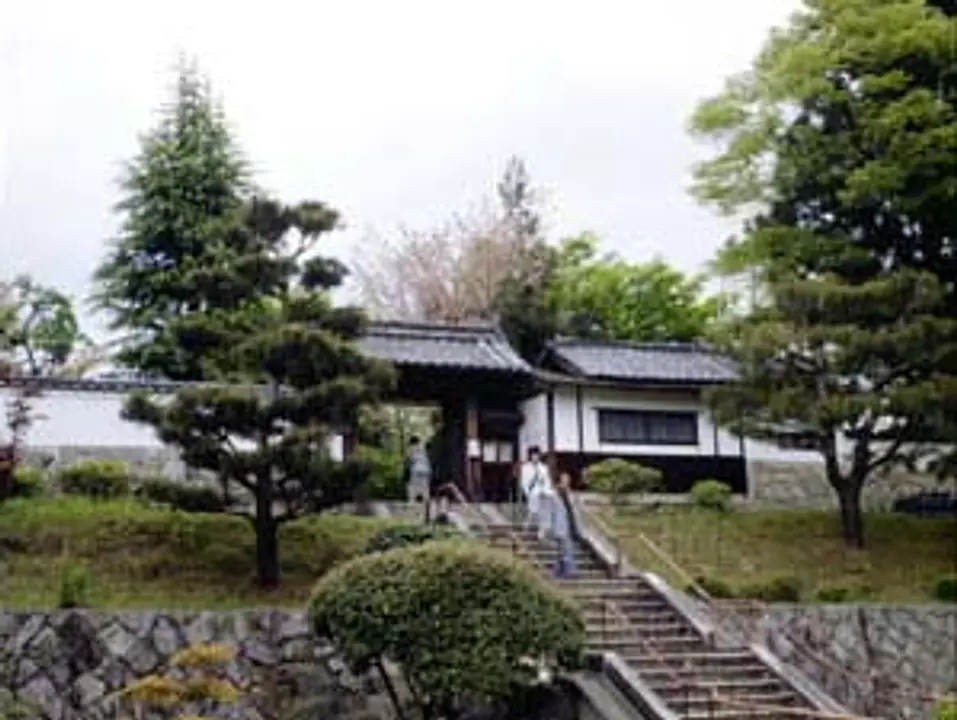
Hotoku-ji Temple
It is the family temple of the Yagyu family, and the statues of Munenori Yagyu and the monk Takuan are enshrined on either side of the principal image, we can imagine what they were like in the past.
Itto-seki (Split Boulder)
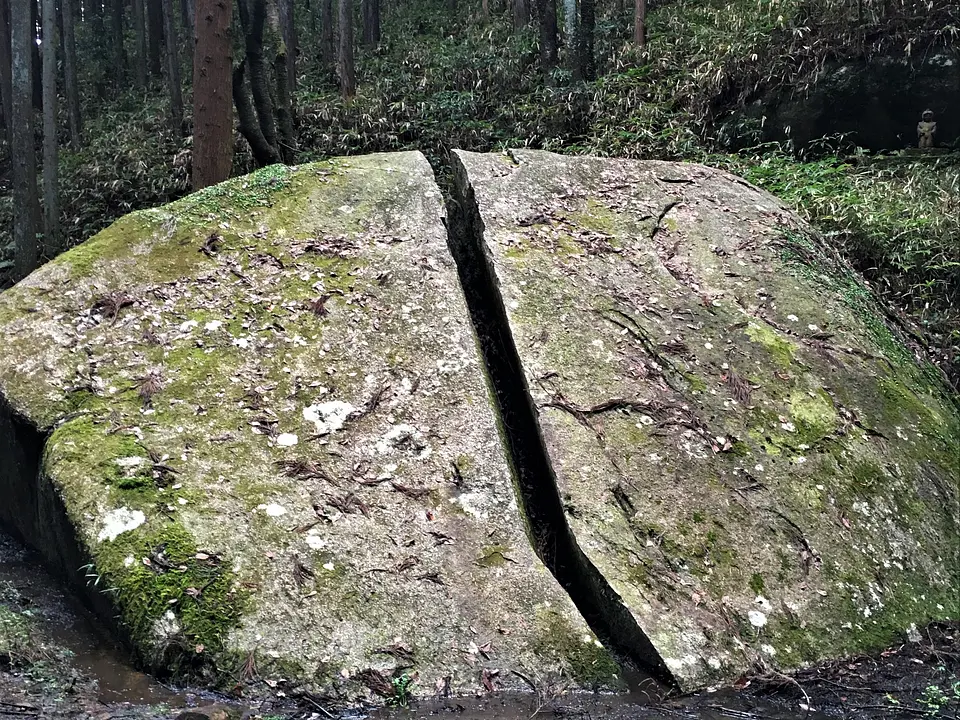
Itto-seki (Split Boulder)
Located in Toiwadani, about 700m from Hotokuji Temple, this huge stone is about 7m square and split into two from the center. There is an anecdote that Sekishusai (Muneyoshi Yagyu) had a match with a tengu during his training, and when he cut the tengu down with a single blow, a huge stone that was broken in two remained behind.
Former Residence of the Yagyu Clan’s Chief Retainer
Former Residence of the Yagyu Clan’s Chief Retainer
This is the former residence of the Yagyu feudal lord, and was developed as a historical park in June 1981.
Former Residence of the Yagyu Clan’s Chief Retainer
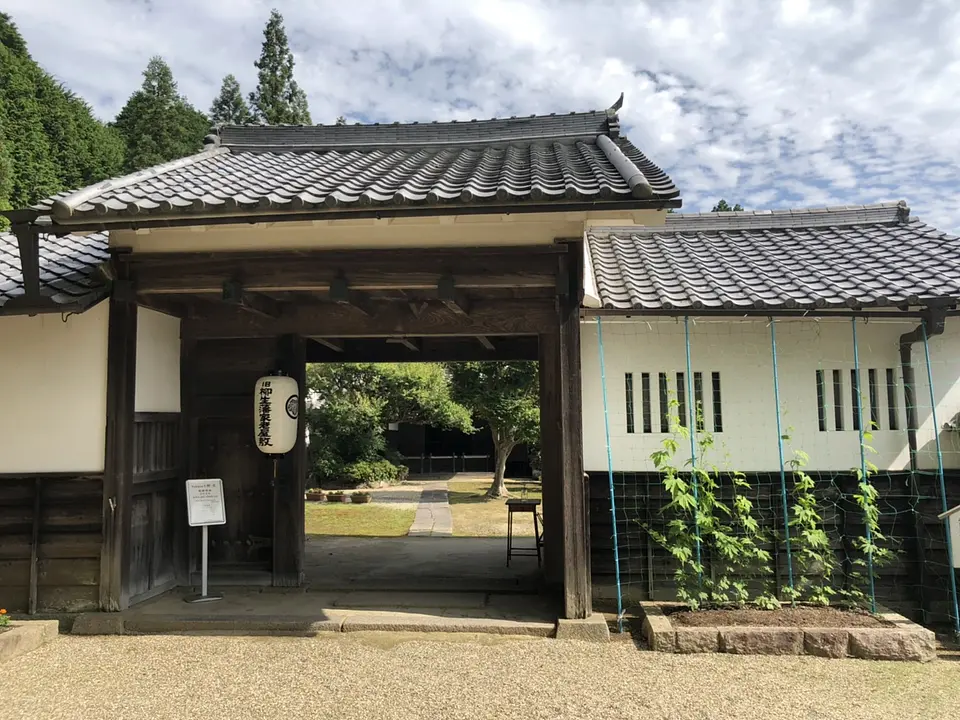
Former Residence of the Yagyu Clan’s Chief Retainer
This is the former residence of Suzu Oyamada, a chief retainer who helped rebuild the Yagyu clan's finances. The majestic stone wall is impressive, and it is inscribed that it was built by Owari stonemasons in 1841. In 1962, it became the property of writer Sōhachi Yamaoka, and attracted attention as the mansion where he developed the idea for his novel ``Haru no Sakamichi'' (which was made into a TV drama on NHK), and after his death, it was donated to Nara City according to his will.
